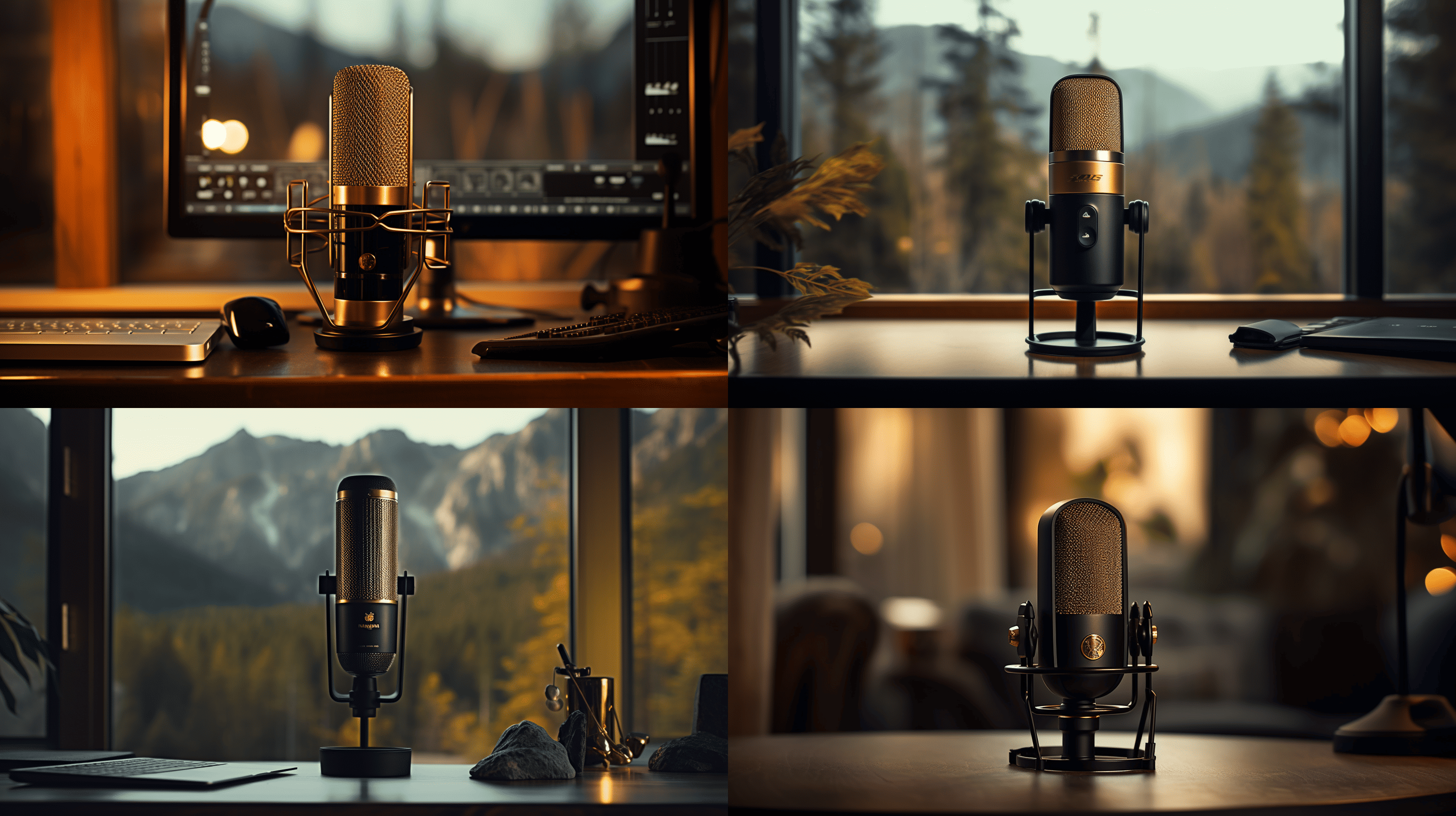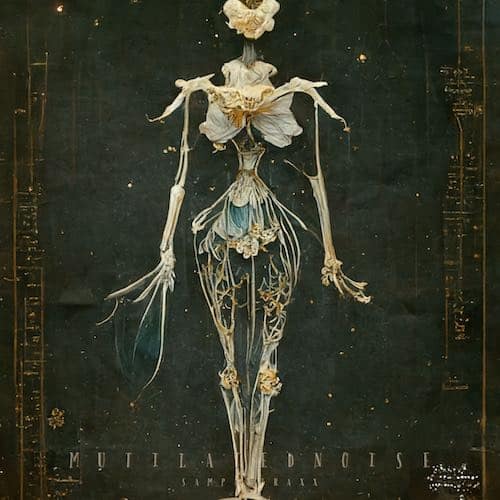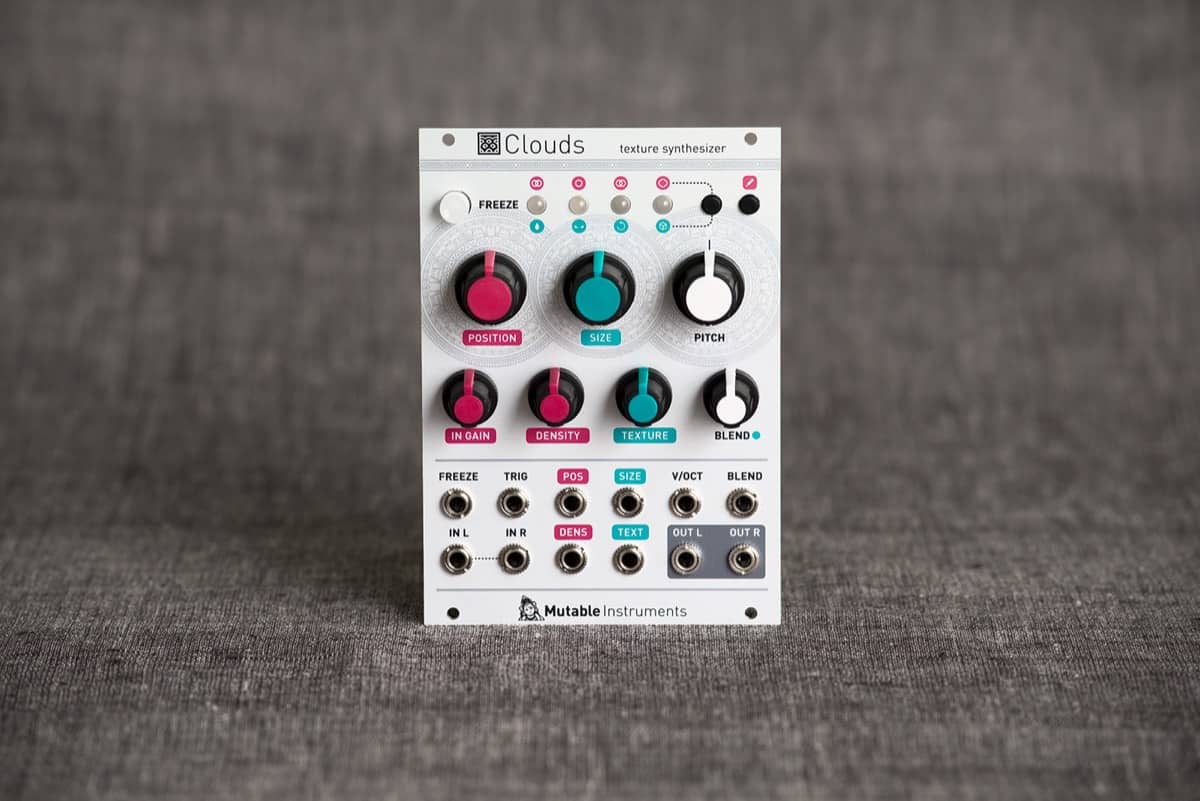Mutable Instruments
Mutable Instruments Launches 2020 Version of Ripples & Shades

Mutable Instruments Launches 2020 Version of Ripples & Shades
After some quiet time or really everyone waiting for the next module from the excellent boutique manufacture Mutable Instruments the company launched a 2020 Version of their existing modules Ripples & Shades.
Shades – Attenuator/offset/mixer
Shades provide 3 channels of audio/CV processing which can be configured either as active attenuators or as attenuverters. This 2020 revision matches the design language used in the most popular and recent Mutable Instruments modules like Marbles, Plaits, or Rings.

Shades Specifications
- Input impedance: 100k.
- All inputs DC-coupled.
- Low-distortion audio op-amps and thin film 0.1% resistors improve transparency in audio mixing applications and allow exact unitary gains for precision summing of pitch CV signals.
- Stable and precise voltage reference, independent of power supply fluctuations.

Shades as a Companion
- Control with knob parameters of other modules that are only accessible through CV inputs (like Just Friends’ RUN or the Dixie’s PW)
- Attenuate/invert CVs sent to modules that do not have attenuverters on their CV inputs
- Transpose the output of a sequencer without compromising V/O tracking
- Mix audio sources or CVs
- dd offsets to CVs, or change their polarity
Ripples Liquid filter
Ripples is a classic, big-sounding analog four-pole filter in a small 8-HP package. Over the years it has earned its reputation as a no-fuss, elegant choice. Ripples has two input paths: one with a drive control, allowing the signal to be distorted (or providing enough gain for the processing of line-level signals), and the other totally transparent, preserving the clean-sounding character of the original version of the module.

Expert Guides
Mutable Instruments Marbles

Mutable Instruments Marbles
Marbles is one of the most appreciated modules in Eurorack. But since Mutable Instruments is going to retire as a business, there may be a time where the original Marbles will no longer be available. It’s been great fun to create this video. It started with an Elements jam, but forgot about a few features. I noticed that the Marbles manual on the web is missing a lot of information that used to be there. This video combines some background information, the hidden modes and some patches I hope you’ll find entertaining. Have fun and don’t lose your marbles – ever!
Virtual Instrument Library
Rhythm by Code | Monome Teletype, Shapeshifter, Plaits x 3, Beads

Rhythm by Code
The third episode in my Teletype series. This time, I will create a simple rhythm machine with a bit of Grids-like density control on the hat. Easy to learn, lots of fun!
Here’s the code with some explanations.
Intitialization Script I
PARAM.SCALE 0 100
M 2000
In plain English:
Set the parameter knob scale to a range between 0 and 100
Set the metronome to 2 seconds (2000 msec)
Metronome Script M
This script executes every 2 seconds
CV 2 V RRND 1 8
CV 3 V RRND 1 8
CV 4 V RRND 1 8
So the metronome generates three random values between integer values between 1 and 8, kind of like octaves. They’re used for dramatic modulation of timbre and the modulation is not related to any clock.
SCRIPT 1
Script 1 is triggered by any clock, but expects 16th notes. So for every trigger, the following code gets executed:
EVERY 4: TR.PULSE 1
EVERY 8: TR.PULSE 2
DEL RRND 20 35: TR.PULSE 3
PROB PARAM: TR.PULSE 4
PROB PARAM: CV 1 V RRND 1 5
EVERY 13: TR.PULSE 1
For every fourth trigger, fire a pulse to trigger 1 – the kick
For every eighth trigger, fire a pulse to trigger 2 – the snare
So these two lines are clock dividers creating a four on the floor.
Wait a few milliseconds. The number of milliseconds is random between 20 and 35. Then, fire trigger 3 – the ‘human’ hat.
The parameter knob can be read with the PARAM keyword. We’ll use it to set a probability between 0 and 100 for firing off Trigger 4.
We’ll use the same probability to send CV to CV output 1, a voltage of 1, 2, 3, 4 or 5 volt (integer values).
Every 13th trigger we’ll fire another kick, creating polyrhythmic variations in the kick pattern.
eurorack
New Mutable Instruments Beads Firmware

Beads Firmware – Release Candidate
Mutable Instruments Beads
The first thing you’ll notice about Beads is the sleek new design. The hardware has been redesigned from the ground up for a more polished look and feel. The next thing you’ll notice is the improved sound quality. The software has been upgraded for a crisper and broader sound palette.
You’ll also notice more control over your sound, thanks to the new software interface. And finally, you’ll appreciate the direct access to exciting new features, such as the live granular processing of an incoming audio signal. Whether you’re a fan of Mutable Instruments’ Clouds or not, you’ll be blown away by Beads. Try it today!
Beads – firmware update, release candidate
Audio Quality
- A CPU overload issue causing crackles on the left channel in 48kHz/stereo mode with some specific combinations of SIZE and DENSITY has been fixed, through several code optimizations having no negative impact on the module’s functionality.
- When recording restarts after FREEZE is disabled, the duration of the crossfade between the tail of the buffer and the incoming audio has been increased, thus reducing vastly the risk of clicks.
- When the module operates as a delay, a smooth transition zone has been added between each of the multiplication factors selected by the TIME setting. This prevents the glitches that occurred when TIME was modulated and the play-head abruptly jumped from one position to another.
- When the module operates as an externally clocked delay, and when the clock rate changes (abruptly, or because of swing or jitter), a crossfade is applied between the old and new delay time, eliminating clicks.
- When the module plays slices (delay mode + FREEZE enabled), it waits for the completion of the currently playing slice before sampling the TIME parameter and deciding which slice to play next. Again, this prevents clicks when TIME is modulated.
- The modulation of the secondary delay tap (DENSITY past 12 o’clock, free-running) has been tamed to avoid noticeable warbling or pitch-shifting effects.
- A fade-out and fade-in is applied during the transition between granular and delay mode.
- The algorithm responsible for preventively fading out grains to make room for new ones behaves more cautiously. This reduces, by a negligible amount, the overall thickness of the grain cloud (since at a given time, several grains will enter their release stage earlier than scheduled), but reduces the risk of grains being abruptly cut when “grain-stealing” occurs.
- The power consumption of the module exhibits less bursty patterns, eliminating the whine observed with some PSUs.
- Linear interpolation is applied to the frequency parameter when generating the dry (continuous) signal in granular wavetable mode.
- The filters used for band-limited wavetable synthesis have been improved, eliminating the amplitude drop observed for the highest notes.
Controls
- The response curve of the attenurandomizers has been slightly adjusted, with a smaller virtual notch at 12 o’clock, and a more progressive transition between small and extreme values. Graphing Calculator 98
- The response curve of the SIZE control has been adjusted. The deadband in the backward/forward transition zone at 10:30 is smaller, the reclaimed space giving access to even shorter grains.
- The interaction between the PITCH knob and its attenurandomizer has been adjusted. In particular, when the attenurandomizer is fully CW or CCW without any CV in, the main knob still provides an additional transposition control.
- When turned CCW, the reverb amount knob no longer eliminates the wet signal, but instead, stops sending any signal to the reverb. This allows the tail of the reverb to fade out more gracefully when the knob is turned towards its minimum position.
- The root note of the wavetable oscillator has been transposed down by one octave.
- The software low-pass filter on the PITCH CV input has been disabled, to shorten its response time. On the hardware side, the 8x averaging performed by the MCU provides enough denoising anyway.
- When the grains are externally triggered and the DENSITY knob is repurposed as a probability control (from 12 o’clock to fully CW), a quadratic response is used for the probability value. It makes it easier to get sparse grains, even with a fast clock.
- Less hysteresis is applied on CVs controlling quantized parameters (such as the selected wavetable, or the selected slice). Sequencing these parameters yields more predictable results, since the risk of sending a voltage in the transition zone is reduced.
- The range of the feedback control has been increased by 30%.
New features
- Four FM wavetables have been added, with modulator:carrier ratios of 1:2, 1/2:1, 3:1, and 8:1.
- Assign + FREEZE now enables or disables the auto-saving of the buffer. The current setting is indicated for a short amount of time by the brightness of the FREEZE button (bright = on, dark = off).
- The visual indication that the frozen buffer is being backed up (fast blinking of the FREEZE button) has been made more subtle: instead, the FREEZE button is only dimmed while this process takes place.
- When the module operates in the delay zone (SIZE turned fully CW), the SIZE attenurandomizer is repurposed as a delay bandwidth control, from dark to full to thin. This parameter can also be further modulated by the SIZE CV input.
- The audio quality LED fades out every time the recording head crosses over the last point at which FREEZE has been disabled. This gives a visual representation of how much material fits in the buffer.
- The audio quality LED temporarily changes color when the input gain is being manually adjusted.
- When the input gain is manually set, the flavor of the clipping applied to the input signal, when it saturates, varies according to the quality setting. The two digital modes incur no distortion when the signal is within limits, but past that threshold, hard-clipping is applied. The two tape modes apply soft-clipping, which may gently add harmonics to the signal even when it is within limits.
-

 Microphone1 day ago
Microphone1 day agoUnleash Your Inner Podcaster: Discover the Best Microphone for Crisp, Clear Audio
-

 Music Theory4 days ago
Music Theory4 days agoUnlocking Nature’s Harmony: The Power of 432 Hz Frequency in Sound & Music for Enhanced Living and Well-Being
-

 Sound Design1 week ago
Sound Design1 week agoWhat Is the Difference Between a Sound Engineer and A Sound Designer?
-

 Native Instruments Kontakt4 days ago
Native Instruments Kontakt4 days agoVOCAL AI – Animated Intelligence: The Ultimate Vocal Playground
-

 Sound Design1 week ago
Sound Design1 week agoWhy Sound Engineer
-

 Composing2 days ago
Composing2 days agoMUTILATED NOISE by SampleTraxx: The Next Generation Sound Collection
-

 Vetted3 months ago
Vetted3 months ago11 Best Gore Websites to Explore the Darker Side of the Internet
-

 Expert Guides3 months ago
Expert Guides3 months agoOptimize Your Space with Room Acoustic Treatment








